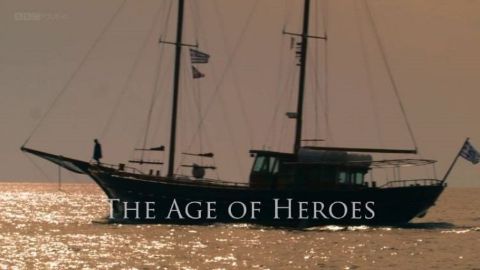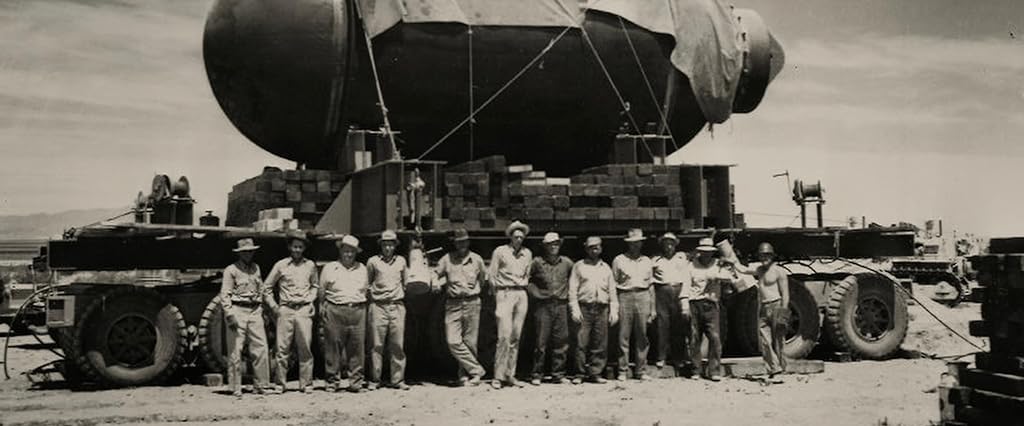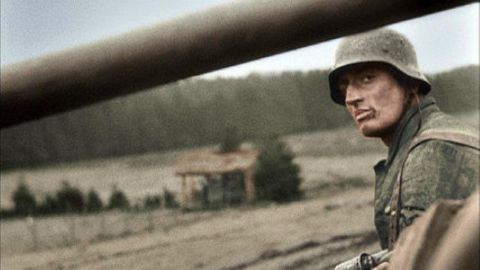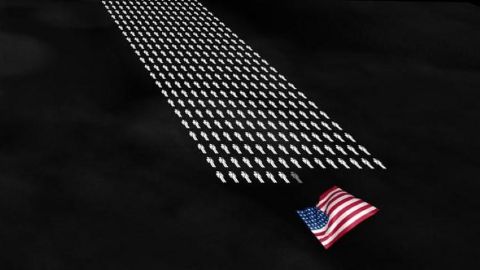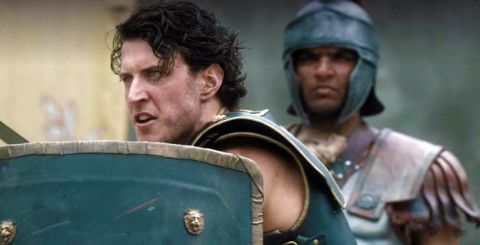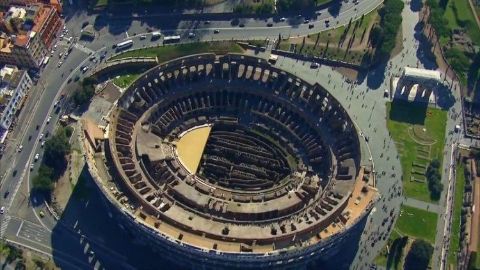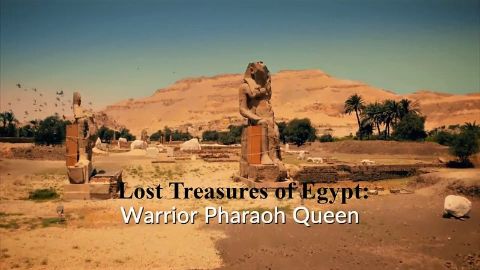The Long Shadow • 2015 • episode "S1E3" • Treasures of Ancient Greece
Alastair explores the extraordinary afterlife of the Greek masterpieces that changed the course of western culture. Succeeding centuries have found in ancient Greek art inspiration for their own ideals and ambitions. Filming in Italy, Germany, France and Britain, Alastair's investigation includes The Venus of Knidos, the first naked woman in Western art, the bronze horses of St Mark's in Venice which became a pawn in an imperial game and the naked discus thrower, the Discobolus, personally bought by Adolf Hitler and used by him as a symbol of Aryan supremacy.
Make a donation
Buy a brother a hot coffee? Or a cold beer?
Hope you're finding these documentaries fascinating and eye-opening. It's just me, working hard behind the scenes to bring you this enriching content.
Running and maintaining a website like this takes time and resources. That's why I'm reaching out to you. If you appreciate what I do and would like to support my efforts, would you consider "buying me a coffee"?
Donation addresses
BTC: bc1q8ldskxh4x9qnddhcrgcun8rtvddeldm2a07r2v
ETH: 0x5CCAAA1afc5c5D814129d99277dDb5A979672116
With your donation through , you can show your appreciation and help me keep this project going. Every contribution, no matter how small, makes a significant impact. It goes directly towards covering server costs.
